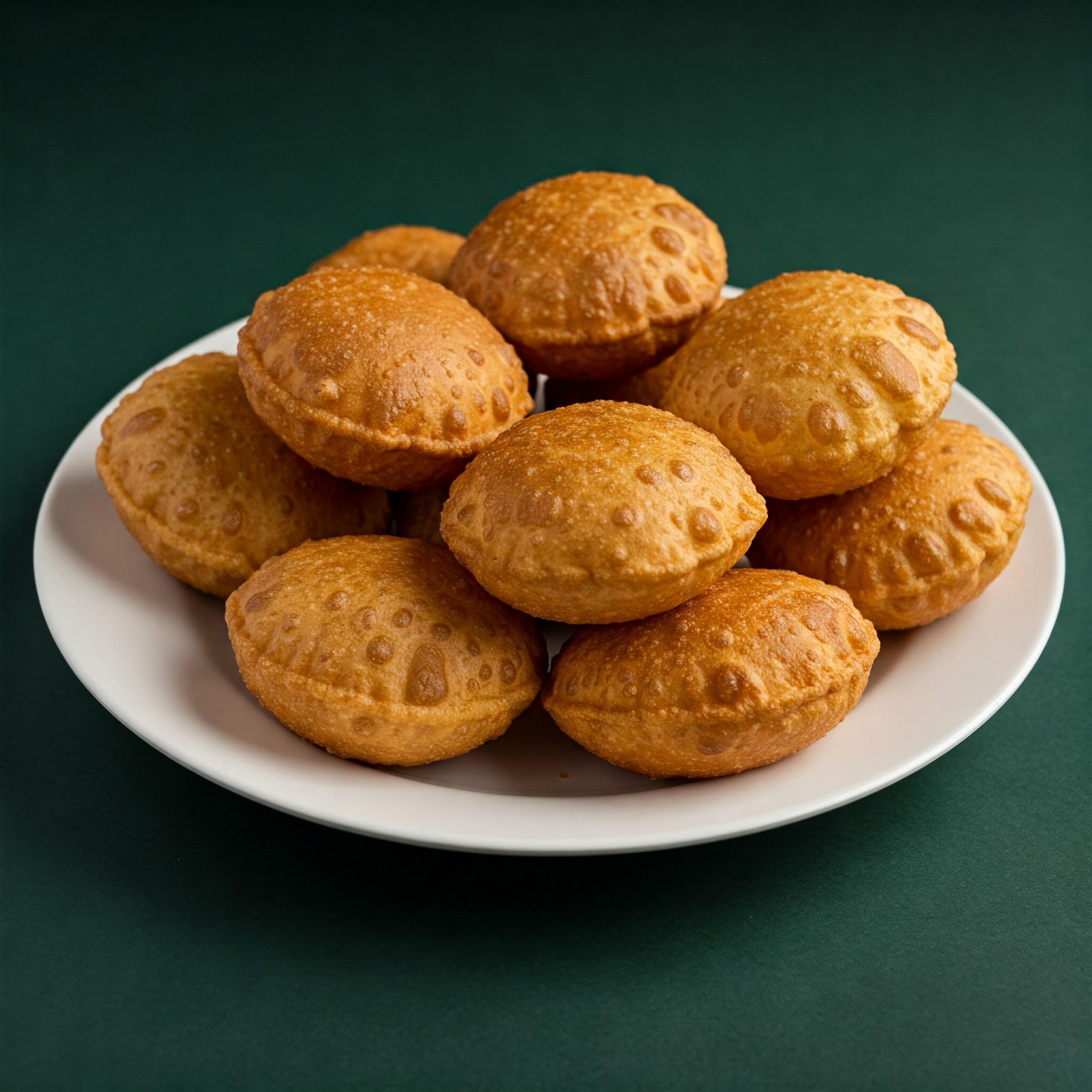Dried Tea Leaves (चाय पत्तियाँ)
Chai Patte

About Dried Tea Leaves
Dried Tea Leaves are not just an ingredient; they are a symbol of warmth, hospitality, and rich tradition in every Indian household. This humble leaf, when brewed, brings forth a golden cup of tea that has the power to rejuvenate, refresh, and restore. The beauty of dried tea leaves lies not only in their ability to awaken the senses but also in their vast health benefits. Packed with antioxidants and polyphenols, tea helps in boosting metabolism, improving digestion, and providing an energy lift throughout the day. It is no wonder that tea is an integral part of daily rituals, morning routines, and social gatherings.
India, known for its diverse culture and love for tea, has a deep-rooted connection with dried tea leaves. Whether it’s a comforting cup of masala chai in the morning, an afternoon tea break, or a quiet moment with a cup of green tea, this leaf transcends all borders. It is versatile, it is comforting, and it fits into every aspect of life. The daily ritual of brewing tea is a moment to pause, reflect, and nourish the body and soul.
To Include Dried Tea Leaves in your daily menu, logon to planmeal.com. Here, you can plan your meals, explore healthy recipes, and ensure you're drinking the right cup of tea at the right time. Tea can be consumed in various ways — hot, iced, or as a part of a flavorful blend. However, it’s best to drink tea before meals for enhanced digestion or after meals to settle the stomach.
The most common time to drink tea is in the morning after waking up, as it helps kick-start the metabolism. Another good time is mid-afternoon, around 3 pm, when you need a small pick-me-up. While one or two cups a day is ideal, drinking more than three can sometimes interfere with nutrient absorption and disrupt sleep due to its caffeine content. Drinking too much tea late at night can also affect your sleep cycle.
Tea: A sip of comfort in every cup. Experience the magic of dried tea leaves, and enjoy the numerous health benefits they offer. From boosting immunity to calming your senses, dried tea leaves are an essential part of your daily wellness journey. Whether it's a simple black tea or an intricate masala chai, it’s a drink that’s much more than just a beverage. It's a ritual, a comfort, and a way to connect with your roots.
So, indulge in a daily cup, and let dried tea leaves make every sip a moment of serenity and vitality.
Dried Tea Leaves are an essential ingredient in tea-making, offering a range of health benefits when consumed regularly. Rich in antioxidants, they help protect the body from oxidative stress and support overall health. Drinking tea made from dried tea leaves can improve metabolism, aid in digestion, and boost energy levels. Additionally, tea contains compounds that promote heart health by improving cholesterol levels and supporting healthy blood circulation. It also has anti-inflammatory properties that help reduce the risk of chronic diseases. For individuals seeking mental clarity or a calm energy boost, tea provides a natural source of caffeine that is gentler than coffee. Whether consumed as green tea, black tea, or herbal blends, dried tea leaves are a powerful addition to a healthy diet. Enjoying one or two cups daily can support hydration and contribute to an overall balanced lifestyle.
How to Store Dried Tea Leaves
To store dried tea leaves, first place them in an airtight container to keep moisture and air out. Store the container in a cool, dry place away from direct sunlight and heat sources. Avoid storing tea near strong-smelling items like spices or herbs to prevent the leaves from absorbing odors. Ensure the container is sealed tightly to preserve the tea's flavor and aroma. For long-term storage, a dark cupboard or pantry works best. Always check the leaves periodically for any signs of moisture or pests.
Shelf Life of Dried Tea Leaves
The shelf life of dried tea leaves is typically 6 to 12 months when stored properly in an airtight container, away from heat, moisture, and direct sunlight. For best flavor, consume within 6 months.
```
How to Check Dried Tea Leaves Before Buying
When buying dried tea leaves from a local vendor, it's essential to check for freshness and quality. Look for tea leaves that are whole and not broken, as whole leaves preserve flavor better. The color should be vibrant and consistent, not dull or faded. Smell the leaves – they should have a fresh, aromatic scent. Avoid leaves that have a musty or stale odor, as this indicates poor storage or age. If buying loose tea, ensure that it's not stored in open, humid environments, which can lead to spoilage.
As for buying in bulk, it’s advisable only if you consume tea regularly, as tea leaves lose flavor over time. If you buy in large quantities, ensure proper storage in airtight containers away from heat, light, and moisture to maintain their freshness. For most people, purchasing in moderate amounts ensures optimal flavor and freshness.
Explore
Explore our services and take your business to the next level.
Recent Posts

Bajra Halwa is a wholesome, comforting dessert that not only satisfies your swee...

Kuttu Aloo Ki Poori is a delightful addition to your weekly meal plan, offering...

Bajra Roti is a nutritious, gluten-free flatbread that's a perfect addition...

Dosa Chilla is the perfect dish to add variety to your weekly meal plan. A nutri...

Bajra and Methi Thepla is the perfect addition to your weekly meal plan, offerin...
Ready for a Healthier You?
Take control of your wellness! Get a customized meal plan that fits your lifestyle. It's time to eat smarter, feel better, and transform your life!
Get Your Plan Now!Already a member? Login and start now!
Nutrition Facts
Serving Size:
Servings Per Container: 1
| Amount Per Serving | ||
|---|---|---|
| Calories | 300 | |
| Fat | ||
| Saturated Fat | ||
| Trans Fat | ||
| Cholesterol | 0 | |
| Sodium | 10 | |
| Carbs | 40 | |
| Fiber | ||
| Sugar | 0 | |
| Protein | 0 | |
| VitaminD | ||
| Calcium | 200 | |
| Iron | 7 | |
| Potassium | 300 | |
* Percent Daily Values are based on a 2000 calorie diet.
* Percent Daily Values are based on a 2000 calorie diet.

